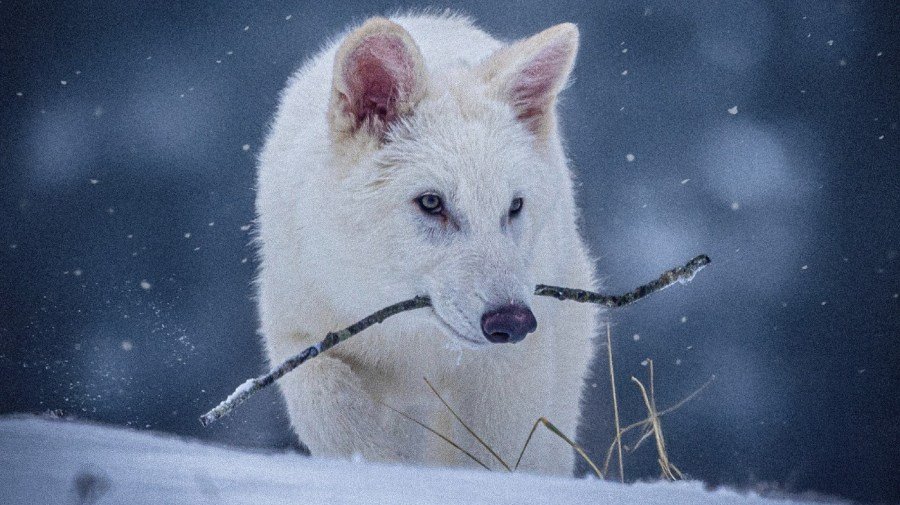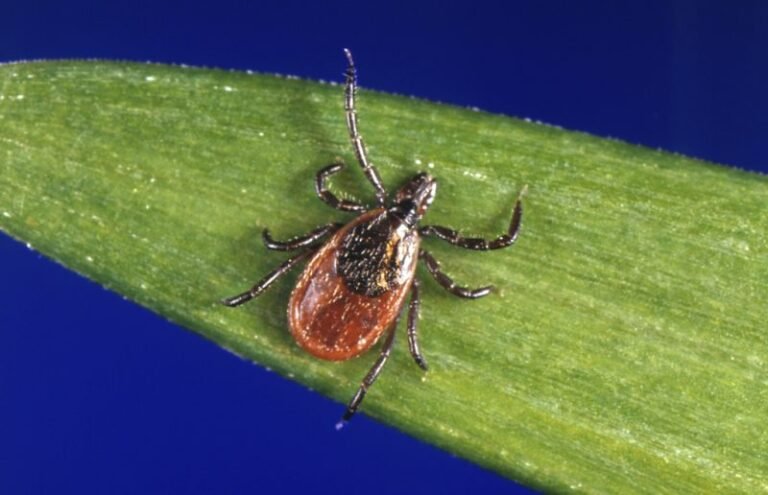
The elusive Northern Spotted Owl. The majestic Whooping Crane. Charismatic Florida panthers and beloved Monarch butterflies. These and many other endangered species now face even graver threats in the wake of two recent developments in the world of conservation.
On Apr. 7, the billion-dollar biotech firm Colossal announced the “de-extinction” of the dire wolf, a canine species that vanished in the Late Pleistocene (approximately 13,000 years ago). And on Apr. 17, the Trump administration revealed its intention to weaken decades-old endangered species protections by redefining a key word: harm. This narrower definition effectively rescinds protection of an endangered species’ habitat, limiting harm to actions that “directly” harass, injure or kill organisms.
What these two developments have in common is a disregard for the vital connection that exists between species and the places they call home.
Habitat refers to the place where an organism naturally or normally lives. Removal of habitat protection opens the door to logging, development and extraction of oil and minerals. The proposed definition of harm could convert fragile wetlands into farmland, migration corridors into freeways and nesting sites into beachfront property — and none of this would qualify as harm to the creatures who live there.
A habitat includes the specific resources and conditions that a given species needs to survive — the plants or animals it feeds on, and particular features of topography, soil, climate and water. Some species are especially vulnerable to extinction because they require a very rare or specific type of habitat. Others are at risk because they range across several.
Many butterfly species, for example, are reliant on a single host plant for every stage of their life cycle — mating, laying eggs and feeding their young. Even plants closely related to the host plant cannot replace these vital functions, however indistinguishable they may appear to the human eye.
Migratory creatures, meanwhile, depend upon many habitats in far-flung geographic locations. A recent study found that approximately half of all migratory species are in decline. Annually, billions of migratory birds crisscross state and national boundaries, with varying degrees of legal protections for the places where they nest, feed or rest. Further erosion of habitat protection could be the death knell for these and other vulnerable species.
Were species not so intimately tied to their environments, it might make sense to regard lab-created or genetically engineered organisms, like the recently unveiled dire wolves, as suitable replacements for endangered or extinct species. Conservation would be akin to curating museum or zoo specimens, with living representatives of endangered species, or mere samples of their genetic material, maintained in artificial environments.
Disregard for the importance of habitat is evident in the fanfare over Colossal’s so-called dire wolves — more accurately, grey wolves with dire wolf DNA spliced into their genome. Consider that in their original Pleistocene environments, true dire wolves preyed upon large herbivorous megafauna that are now extinct: sloths, mastodons, giant bison and camels. By contrast, Remus, Romulus and Khaleesi, the telegenic trio of fluffy white wolves created by Colossal, will live their entire lives in a highly secured, undisclosed site, subsisting on a hand-fed diet of ground meats and kibble.
In short, the same flawed logic lies behind the dire wolf “de-extinction” and the Trump proposal to redefine harm: Both treat species as if they live in a vacuum.
Doug Burgum, the Trump-appointed secretary of the Interior, exemplified this sort of thinking when he took to social media to hail de-extinction as the “bedrock” of future conservation, arguing simultaneously for re-think of endangered species protections: “It has been innovation—not regulation—that has spawned American greatness,” he said. Citing Colossal’s breakthrough, Burgum questioned the need for an endangered species list. Ten days later, the administration moved to weaken endangered species regulation by excluding habitat from the definition of harm.
Yet, habitat loss remains the primary culprit of species endangerment and extinction. While these losses can occur naturally through periodic events like fires or earthquakes, the vast majority of habitat degradation, fragmentation and loss stems from human activity: land development, deforestation, large-scale agriculture, air and water pollution, and human-caused climate change, among other factors.
Even amid intensified political polarization, endangered species protection is wildly popular, with 84 percent of Americans supporting the Endangered Species Act. In the past month, some 350,000 members of the public weighed in to protest changes to the act. Many offered the commonsense argument that destroying the home of any living being, human or nonhuman, clearly constitutes harm, as surely as a gun pointed to the head.
Innovation in conservation science, including cutting-edge genetic techniques aimed at saving species on the brink of extinction, is welcome and should be encouraged. But innovation is no substitute for regulation, any more than a laboratory or zoo is a substitute for the places where animals naturally live. Endangered species face a barrage of threats from human activities. We owe them a place to call home.
Lisa H. Sideris is a Public Voices fellow of The OpEd Project and the University of California. Santa Barbara, where she is professor and vice-chair of the Environmental Studies Program.


